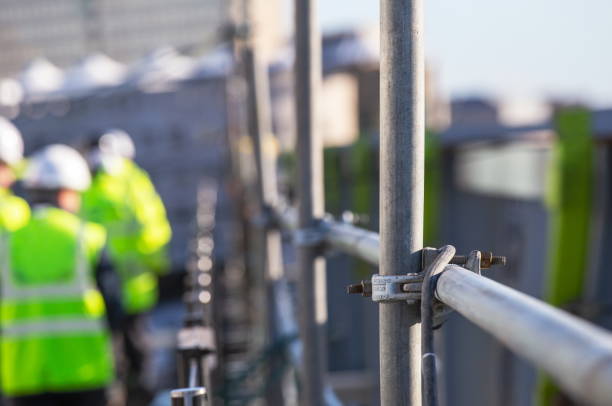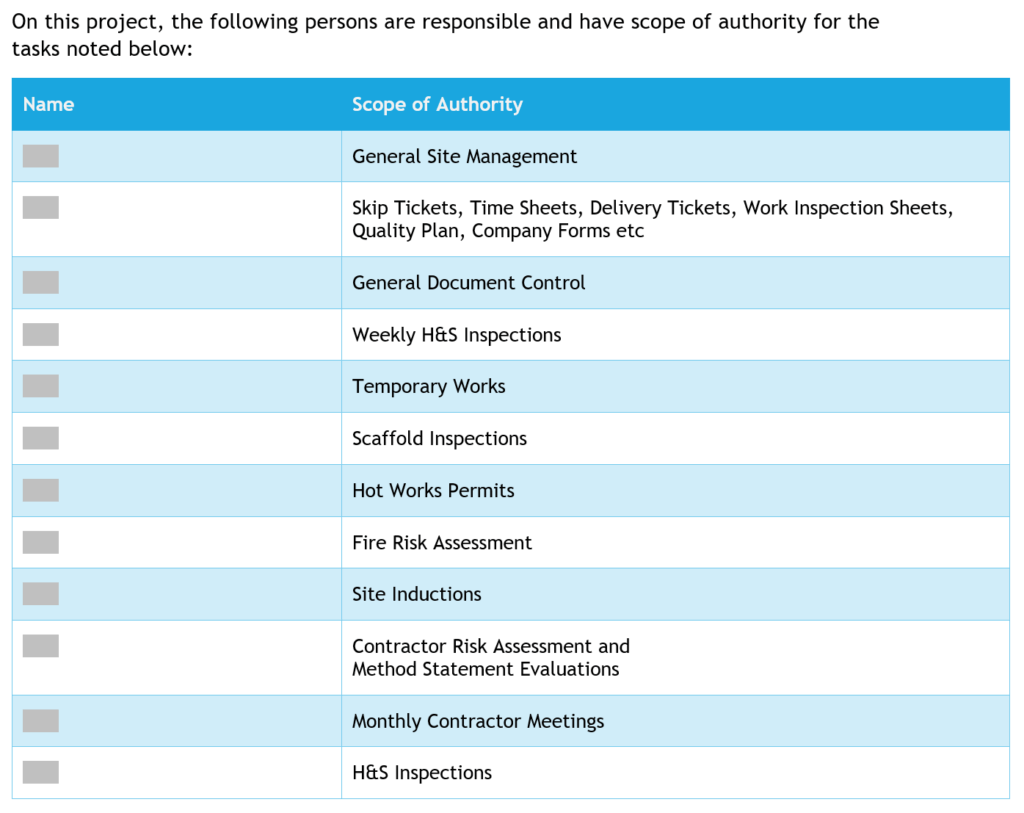We offer full CDM support and services:
- Construction Phase Plans (CPP)
- Advice and Support for Principal Designers and Designers
- Client Support Services
- Advice and Support for Principal Contractors and Contractors
- Health and Safety Policies
- Ongoing support, coaching and mentoring
- Construction Fire Risk Assessments
- Site Inspections
- Traffic and Pedestrian Management Plans
- Construction Awareness Training
- Principal Contractor Risk Assessment
- Site set up and management packs
- Management Audits
- Accident and Incident Investigations
The Construction Phase Plan
A construction phase plan is a document that must record the: (a) health and safety arrangements for the construction phase; (b) site rules; and (c) where relevant, specific measures concerning work that falls within one or more of the categories listed in Schedule 3 of the CDM 2015 Regulations.
The plan must record the arrangements for managing the significant health and safety risks associated with the construction phase of a project. It is the basis for communicating these arrangements to all those involved in the construction phase, so it should be easy to understand and as simple as possible.

Why do you need it?
A construction phase plan must be prepared for a project before the construction phase begins. The plan must outline the health and safety arrangements, site rules and specific measures concerning any work involving the risks listed in Schedule 3 of the CDM 2015 Regulations.
Planning the construction phase and drawing up a construction phase plan is the responsibility of:
- The principal contractor for projects involving more than one contractor; and
- The contractor for single contractor projects.
A Principal Contractor must plan, manage, monitor and coordinate health and safety during the construction phase of a project involving, or likely to involve, more than one contractor.
A contractor must plan, manage and monitor all work carried out by themselves and their workers.

How do we deliver it?
Lets talk first to find out more about the project, who is involved, who has been appointed and what information is already available. Hopefully some pre construction information from the Principal Designer/Client helps us understand existing hazards and will help us when we visit the site and discuss with you how the project can be managed. Every project is unique and the CPP should be proportionate and easy to understand. Our professional documents will include all the necessary detail required to meet the specification within Appendix 3 of the CDM Regulations.

What else can we do for you?
- Health and Safety Policy
- Ongoing support, coaching and mentoring
- Construction Fire Risk Assessments
- Site Inspections
- Traffic and Pedestrian Management Plans
- Construction Awareness Training
- Principal Contractor Risk Assessment
- Site Set Up
- Management Audits
- Accident and Incident Investigations
Method Statements
Completing a method statement involves following a structured process to outline the step-by-step procedures, safety measures, and controls for a specific task or activity. Here are the general steps to help you complete a method statement:
- Identify the Task: Clearly define the task or activity that the method statement will address. Describe the scope, objectives, and any specific requirements or constraints.
- Understand the Hazards and Risks: Conduct a thorough risk assessment of the task to identify potential hazards and risks associated with each step. Consider environmental factors, equipment usage, materials involved, and the work environment. Make a list of identified hazards.
- Determine Control Measures: Based on the identified hazards, determine appropriate control measures to mitigate or eliminate risks. Consider engineering controls, administrative controls, and personal protective equipment (PPE). Ensure compliance with relevant health and safety regulations and standards.
- Sequence of Steps: Break down the task into a series of clear and logical steps. Start with preparation activities, then move through the key actions required to complete the task. Include details such as tools/equipment needed, specific techniques to be used, and any safety precautions or limitations.
- Safety Precautions: For each step, describe the necessary safety precautions and measures. This includes proper PPE, training requirements, safe work practices, and any specific instructions to minimize risks.
- Emergency Procedures: Include emergency procedures for potential incidents or accidents that could occur during the task. Describe how to respond to different types of emergencies and provide information on emergency contacts, evacuation procedures, and first aid measures.
- Training and Competence: Specify the required training, qualifications, or certifications for individuals carrying out the task. Ensure that the assigned personnel have the necessary skills and competence to perform their duties safely.
- Review and Approval: Seek input and feedback from relevant stakeholders, such as supervisors, safety officers, or project managers. Incorporate their suggestions and revise the method statement accordingly. Obtain necessary approvals before implementation.
- Communication and Implementation: Communicate the method statement to all individuals involved in the task. Ensure that everyone understands their roles and responsibilities and has access to the document. Provide any necessary training or instructions.
- Monitoring and Review: Regularly monitor the implementation of the method statement and review its effectiveness. Make adjustments as needed to improve safety and efficiency. Keep the document up to date with any changes in procedures or regulations.
Remember, method statements should be specific, clear, and easy to understand. They should address the unique risks and requirements of the task at hand and be regularly reviewed and updated to reflect any changes or new information.
